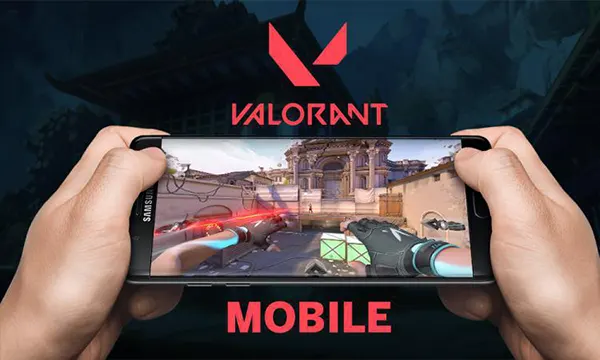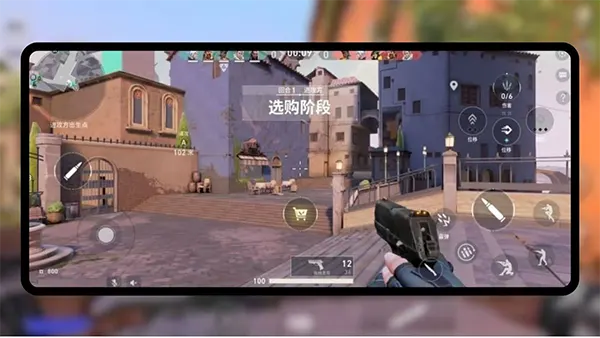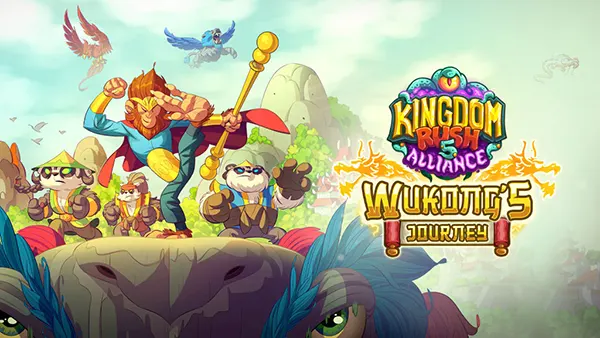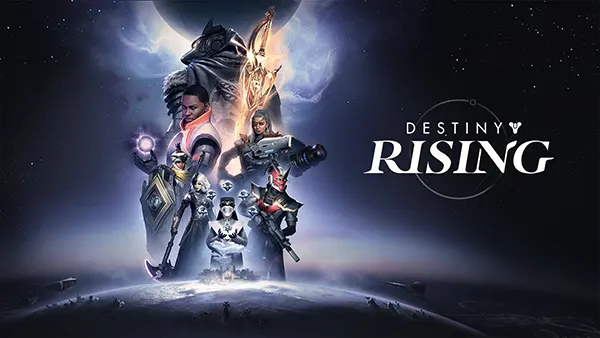
Valorant Mobile — A New Era of Tactical FPS on Smartphones
In February 2025, Riot Games has firmly stepped into the mobile gaming market by introducing Valorant Mobile — a reimagined version of its tactical hero shooter, tailored for smartphones. After dominating the PC esports landscape, the publisher is now expanding its reach to a wider, mobile-savvy audience. With a soft launch in China and global release plans underway, Valorant Mobile is drawing considerable attention from fans and competitive players alike.
Faithful Adaptation with Mobile Optimisation
Riot Games has managed to preserve the core identity of Valorant while adapting it for mobile platforms. The game retains its signature agent-based abilities, precise gunplay, and strategic team coordination. Early gameplay footage and hands-on previews suggest that the mobile experience is not a diluted port, but a carefully re-engineered title designed for touchscreens.
To ensure balance and maintain the skill-based nature of the game, Riot Games has confirmed that cross-play between PC and mobile will not be supported. This allows for tailored gameplay dynamics and control schemes specific to mobile users. Touch controls are highly customisable, supporting both casual layouts and advanced setups for competitive play.
Valorant Mobile is also expected to support external controllers, a feature eagerly anticipated by those used to console-like precision. Riot’s commitment to replicating the original experience while making it feel intuitive on mobile devices shows clear respect for both existing and new audiences.
Game Modes and Agent Roster at Launch
At launch, the game will feature core modes like Unrated and Spike Rush, with Competitive and custom modes rolling out in phases. Riot’s developers have stated that their goal is to maintain content parity between platforms, ensuring that new agents, maps, and balance updates arrive simultaneously or with minimal delay.
The initial agent pool includes familiar names such as Jett, Phoenix, and Sova, all redesigned with minor UI and control tweaks. These characters maintain their distinct playstyles, and Riot’s UX/UI team has reworked ability selection to ensure smooth execution via taps and gestures.
Maps like Haven and Ascent will be available at launch, with optimised geometry and navigation paths to suit smaller screens. The developers have taken care to maintain the tactical depth and sightline strategies that define each location.
Technical Performance and Device Compatibility
Valorant Mobile is being optimised for both mid-range and high-end devices using adaptive performance settings. Riot Games confirmed support for Android and iOS with specific requirements: Android 8.0+ with at least 4GB RAM, and iOS 13+ on iPhone 8 or newer models.
The game supports up to 60 FPS on supported devices, and early reports indicate stable frame rates with responsive touch controls. Riot has implemented a dynamic resolution system to ensure that performance does not hinder gameplay quality, especially during team fights and ult-heavy scenarios.
To facilitate smoother operation in regions with unstable connectivity, Riot introduced an enhanced network compensation algorithm. This keeps latency in check and reduces the chances of desync — a crucial factor in competitive shooters where milliseconds can determine outcomes.
Monetisation and In-Game Economy
Riot Games confirmed that Valorant Mobile will follow a free-to-play model with optional cosmetic purchases. Skins, banners, and other customisation items will be available through a battle pass system and direct purchase options. However, no pay-to-win mechanics will be present, aligning with Riot’s philosophy of competitive fairness.
The in-game store will rotate weekly, offering themed bundles and seasonal content similar to the PC version. Riot also intends to launch region-specific events with exclusive cosmetic rewards to encourage active participation across different markets.
The Valorant Points (VP) currency will be consistent across Riot’s ecosystem, with localised pricing. Existing Riot accounts can be linked, allowing players to track their progression and inventory across devices — although ranked progression remains separate.

Esports Potential and Future Updates
With Riot’s extensive background in esports, many speculate that Valorant Mobile could establish its own competitive scene. The mobile esports market, particularly in Asia, is thriving — and Riot appears poised to harness this momentum. Tournament organisers have already begun discussions about potential invitational and grassroots events.
The game’s spectator mode and replay systems are currently under development, aiming to provide content creators and tournament operators with the tools necessary to broadcast high-level gameplay. Riot has indicated that these features may roll out in mid-2025 following player feedback and stability tests.
Regular updates will follow a bi-monthly schedule, featuring balance patches, new agents, and seasonal changes. Riot’s roadmap includes future support for AR devices and expanded social integration with streaming platforms, ensuring the mobile game evolves alongside its PC counterpart.
Player Reception and Community Impact
Early access players in China have praised the game’s performance, visual fidelity, and faithful agent adaptation. Community feedback has been largely positive, highlighting smooth controls and low latency. Some players have suggested further customisation options for HUD layouts, which Riot is already considering.
Content creators and influencers have started covering gameplay, tutorials, and agent breakdowns, signalling strong community engagement. The developers have responded actively to feedback through dedicated channels on Discord and regional forums.
Overall, Valorant Mobile is shaping up to be a major contender in the competitive mobile FPS genre. With strong backing from Riot Games, attention to user experience, and a steady stream of updates, it is poised to redefine what players can expect from tactical shooters on the go.
RECOMMENDED GAMES
-
 Kingdom Rush 5: Alliance – Wukong’s Journey: The Return of a Legend...
Kingdom Rush 5: Alliance – Wukong’s Journey: The Return of a Legend...The Kingdom Rush franchise has long been regarded as one …
-
 Destiny: Rising — A Mobile Sci-Fi RPG Shooter
Destiny: Rising — A Mobile Sci-Fi RPG Shooter“Destiny: Rising” has emerged in 2025 as one of the …
-
 “Tarisland” — Attempting to Bring WoW to Mobile: Success or Failure?
“Tarisland” — Attempting to Bring WoW to Mobile: Success or Failure?In 2025, the mobile gaming market has witnessed another ambitious …
-
 Palworld Mobile: Pokémon With Guns Soon on Smartphones
Palworld Mobile: Pokémon With Guns Soon on SmartphonesThe gaming world was caught off guard by the unexpected …
